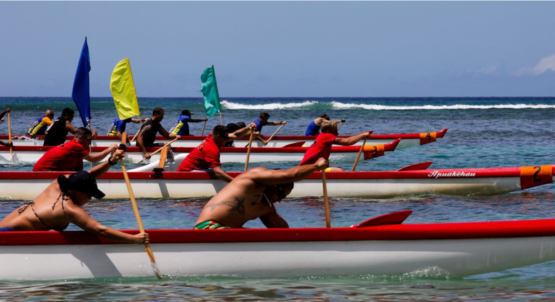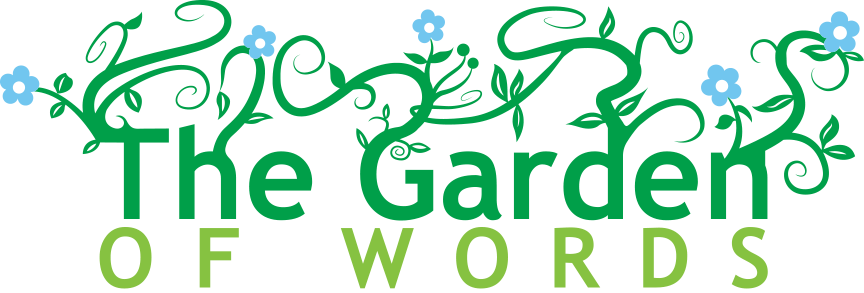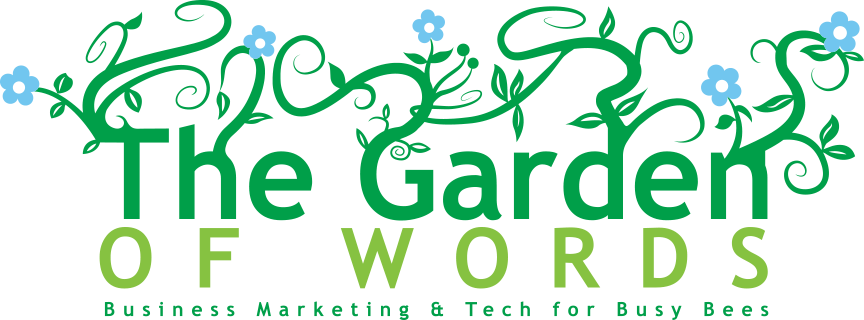
“Forward is a pace.”
I woke up this morning and started doomscrolling Facebook.
Tangent: Every time I think “THAT is the word of the year,” I read a new one starting to take hold. In addition to studies about virus, I expect studies about the pace of the change of language in 2020.
Back to Facebook.
The first thing I saw was a screen capture of a Garmin readout from my running friend Russ. He was running about a 15 minute mile. (For context, that would not be considered “fast.” Which is the point, here.)
He captioned it, “Forward is a pace.”
*mic drop
Print that out and stick it above your desk
That’s the reset. The mantra. Forward is a pace.
It’s so easy to get overwhelmed by the never-ending to-do list or, in the case of some of my new readers (Hi there!), overwhelmed by the onslaught of ideas learned at a recent conference (Cultivate ’20 Virtual, for my green industry folks). Getting overwhelmed makes it difficult to make progress, let along rapid progress. It’s hard not to get mad that I haven’t achieved certain golas I set for myself in May and it is already mid July.
Russ reminded me that I just have to keep moving forward.
How to Get On Pace
There are two parts to actually achieving “forward is a pace.”
- Actually moving.
- Advancing, on average, continuously.
Both are mandatory components, otherwise you’ll spin in circles.

Hut, Hut, Ho!
Picture sitting in a canoe with six other people, like the outrigger pictured above. Or maybe you have a regular canoe and you regularly paddle with two other people.
If you coordinate your paddling strokes then you can move forward or you can turn around or turn, maybe 90 degrees, and then resume a forward path.
If you don’t coordinate and if you each paddle however, whenever you want, you’ll spin in circles or stay in one place, because you’ll be counteracting each other’s force.
If you hit each other with your paddles you’ll not only not move, but you’ll get mad at each other. Then you’ll really stay still or drift backward. (This has never happened to me. And by never, I do mean one time with my husband and I’m glad he didn’t divorce me.)
Who coordinates when you paddle?
In outrigger canoeing, there is someone in the boat called a “caller.” They yell out “Hut, Hut, Ho!” to keep everyone paddling in the right direction at the right pace. Hut is a stroke, hut is a stroke, and on ho, they each switch sides.
If they don’t coordinate the calls and the switching, they don’t move, and they do hit each other or each other’s paddles.
Every business needs a “caller,” and a set of calls, even businesses of one.
Who’s Your Caller? What are your Calls?
In business the direction in which you want to advance is represented by your goals. It’s easier to get people to move forward if they know where they’re going.
Your calls are your processes. Those help the people in your business understand what their responsibilities are in order to advance.
The caller is the person who literally “makes the calls,” or decisions about what to do next. They’re your leader.
If you have those in place, even if all of those people are you, you can move forward. Maybe not fast, but incrementally and making progress toward your goal.
Yes, you could run into headwinds. You could “huli” or tip over and fall out of the boat. By establishing your goals, processes, and leader, you can get back in faster and keep going.
Forward is a pace.
Tech Help Tip: How to use Google Docs to Improve Efficiency
If you’ve been emailing word docs back and forth between team members and contractors and losing track of versions, you’re gonna LOVE Google Docs!
Here’s my google doc get started explainer tutorial video for you.
I used the Vidyard Chrome extension to make the video. It’s free and awesome. Loom works great, too. It’s often a lot faster and more clear to make a video explanation for someone than to type out a bunch of instructions. Here’s how to use it.
Happy Wednesday!
Questions? Email me!
I’m here. Paddling forward.
Reading this email reminds me that I need to keep working articulating the GOW goals and processes.




